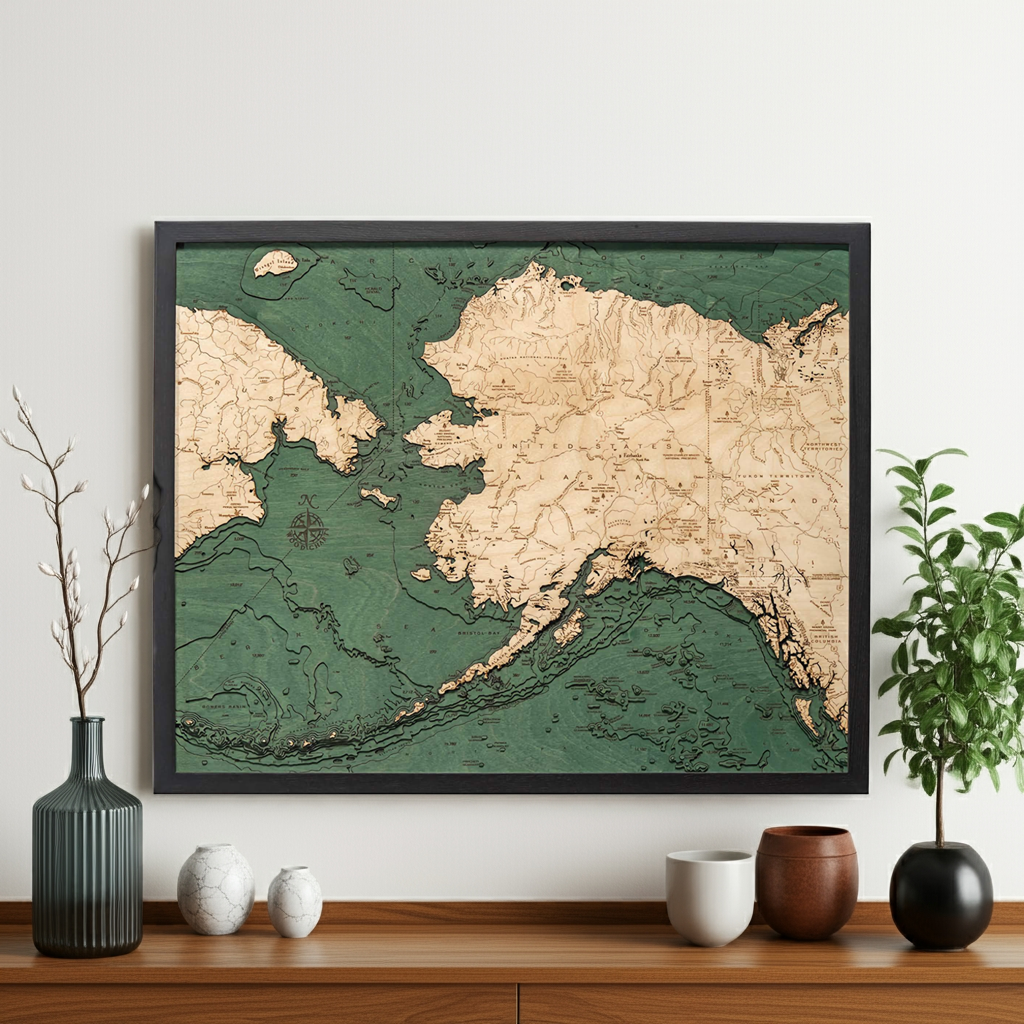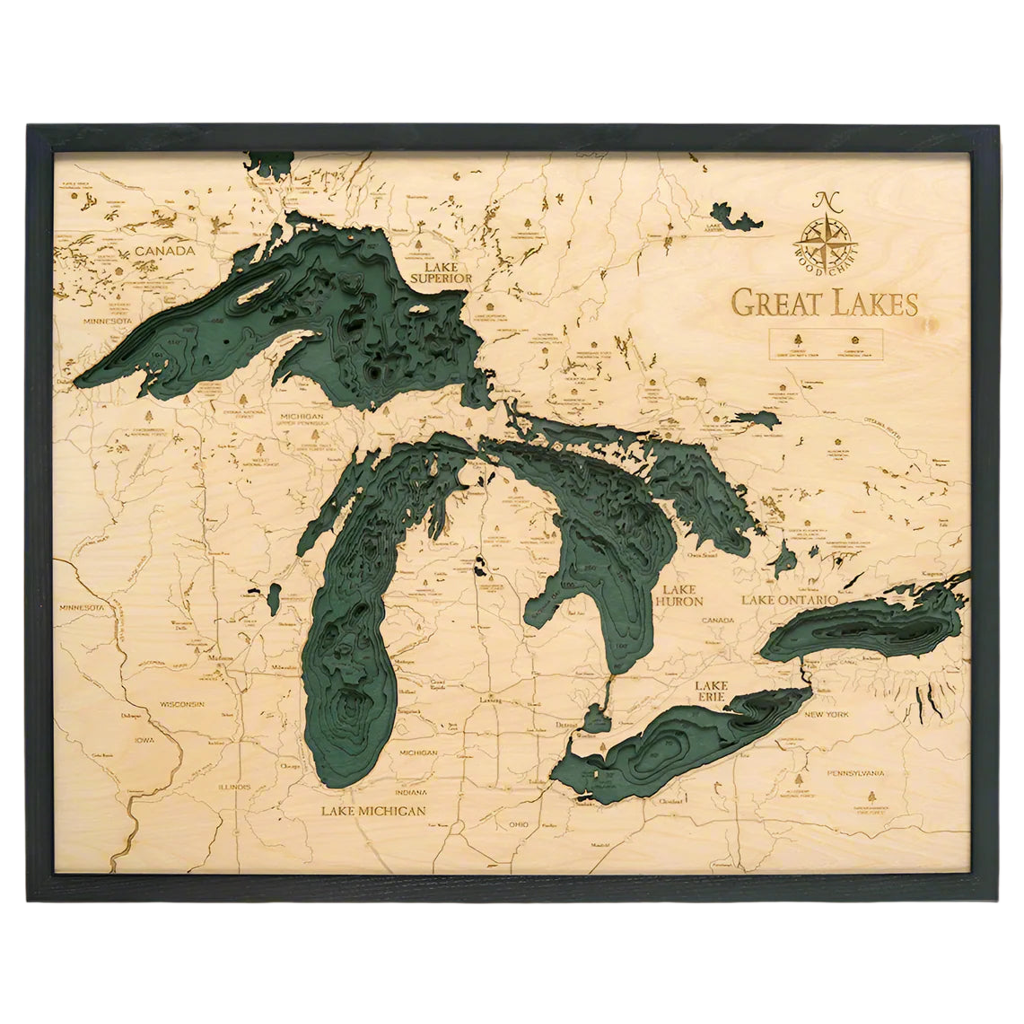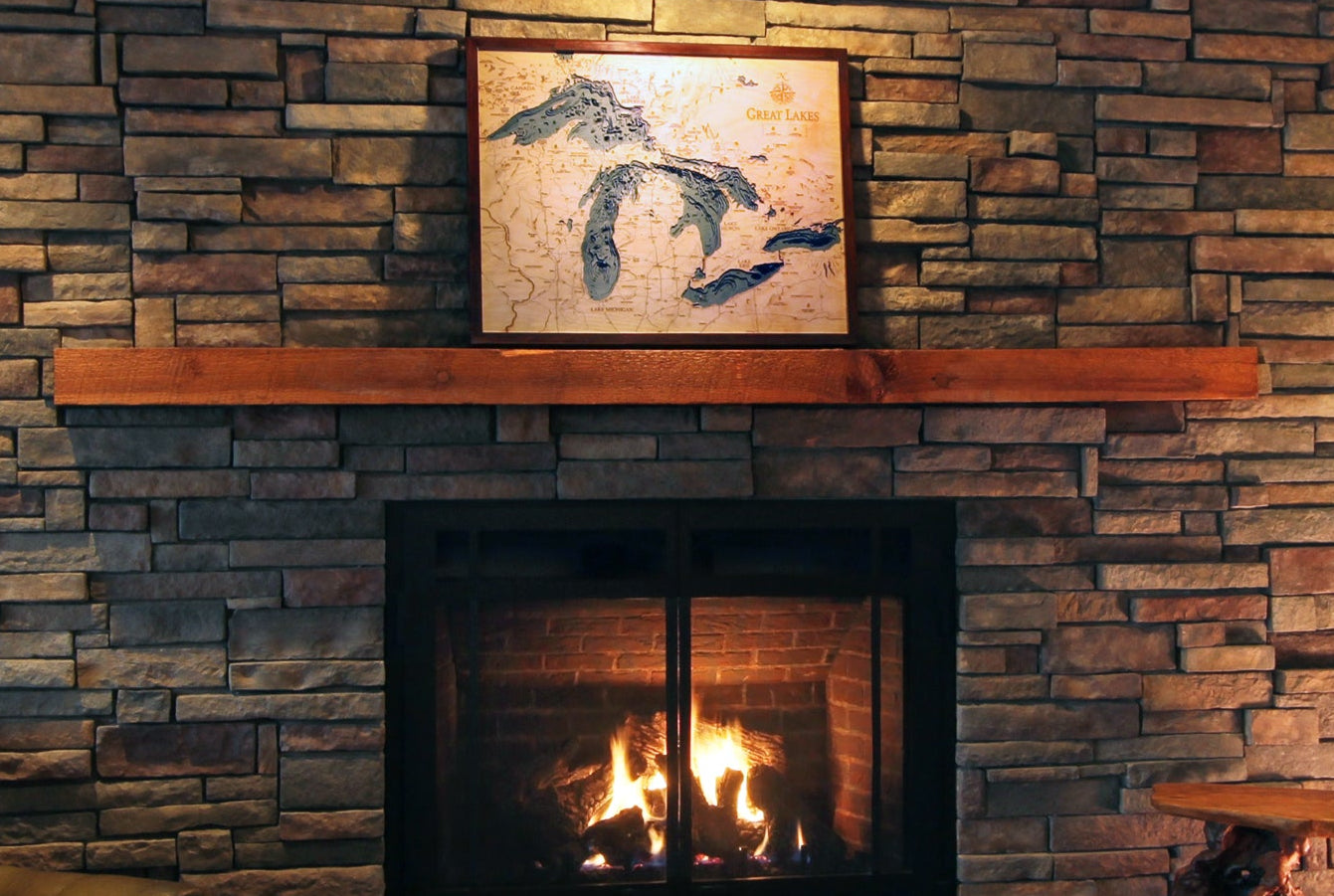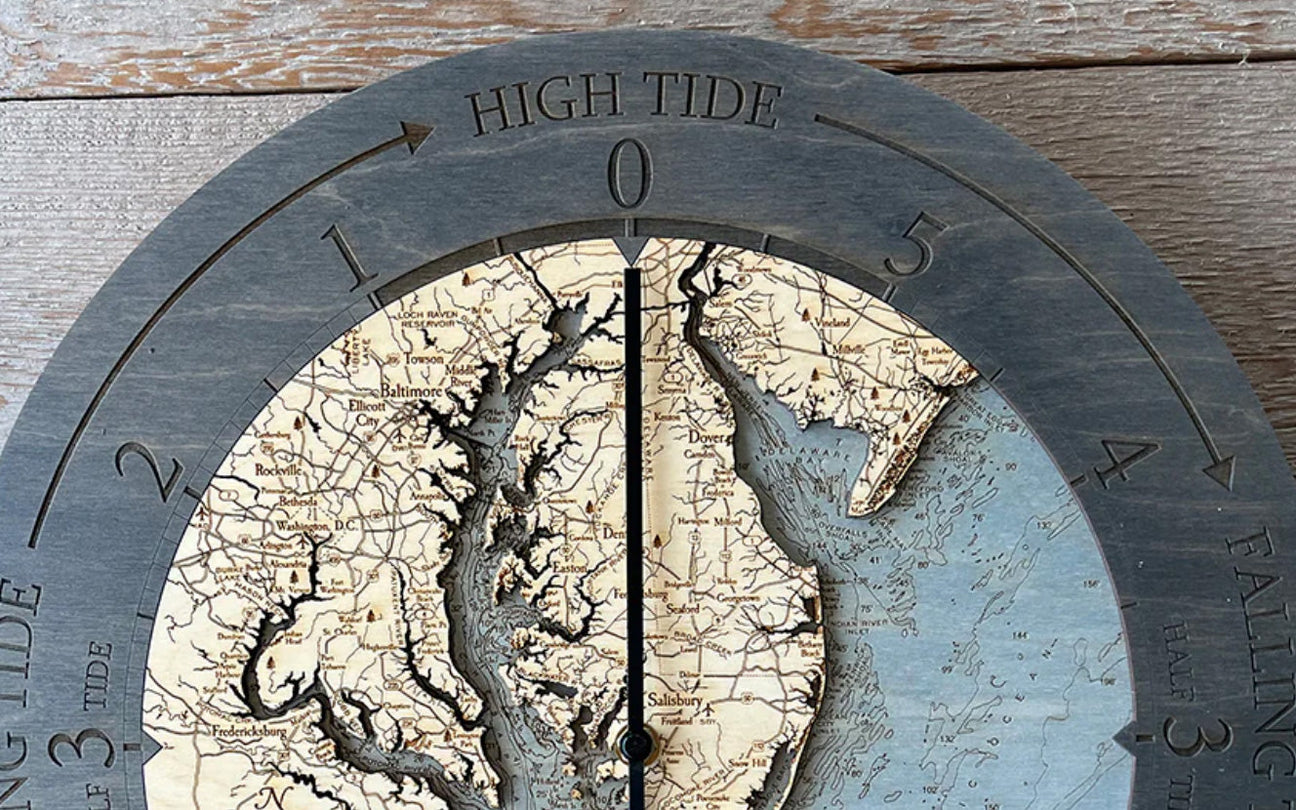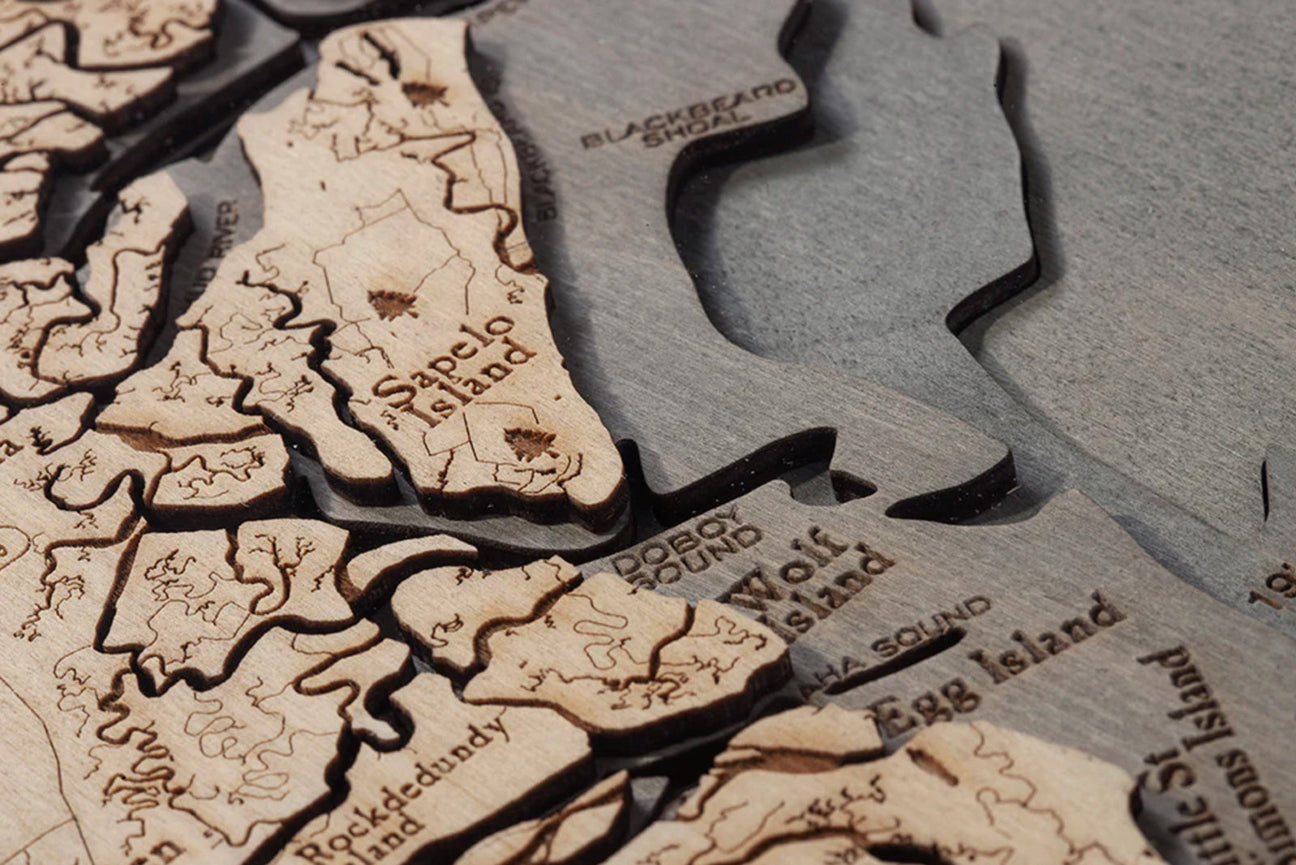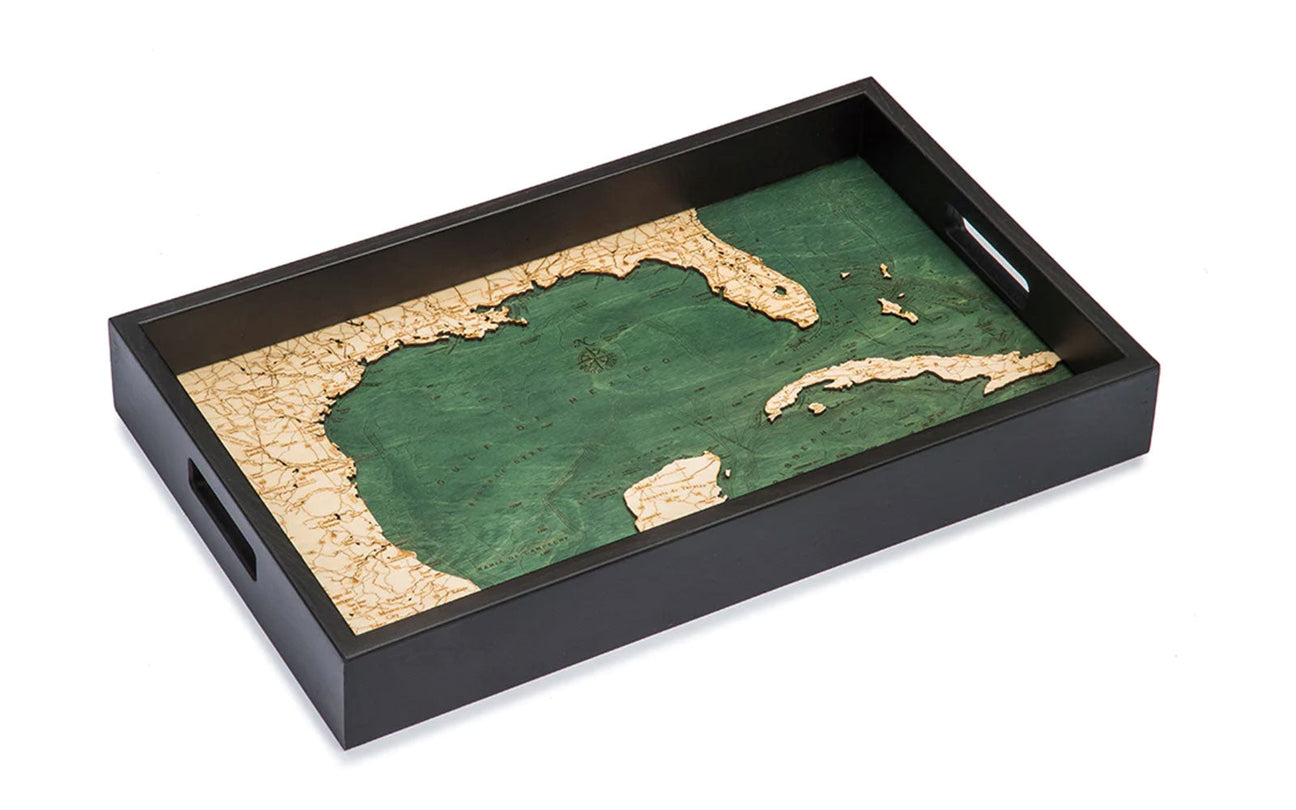What is bigger than Rhode Island, carved by the Colorado River and one of the Seven Natural Wonders of the World? If you said the Grand Canyon, you are correct. However, how much do you really know about this geological marvel? Carved from rock over six million years ago, the Grand Canyon averages 4,000 feet deep along its 277-mile stretch, 6,000 feet at its deepest, and 18 miles across at its widest.
When Did the Grand Canyon Form?

The timeline of its creation continues to be a hot topic amongst scientists. Some argue its creation started over 70 million years ago. Some are firm in the belief it is 5-6 million years old. Both are right. The Grand Canyon covers a vast area, and the segments developed at different times. The depths and differences of these areas can be seen clearly on a 3D wood map of the Grand Canyon.
There are 1.2 million acres inside the Grand Canyon National Park, and it is divided into four sections:
- South Rim
- North Rim
- Grand Canyon East
- Grand Canyon West
This phenomenal gift of nature has been the go-to nature park for 5.9 million people annually, second only to the Great Smoky Mountains of North Carolina. The canyon’s beauty extends from the rim, down the canyon walls, and across the vast crevice floor with endless opportunities for adventure, animals, and geological wonders. Here are three reasons you will want to put the Grand Canyon on the top of your next travel itinerary.
1. Scenic Hiking Options

Your adventures in the Grand Canyon are only limited by your imagination! With nature and spectacular views at every turn, you can even hike down to the canyon floor if you choose.
The hike to the canyon floor is about nine and a half miles and descends over 4,300 feet. This elevation change makes the hike particularly challenging, including the hike back up, which will take between five to nine hours—after a good night’s sleep!
The best times to visit the Grand Canyon are March through May and September through November. The temperatures are optimal for hiking and other outdoor activities. The canyon is do-it-yourself-friendly, and you can grab a travel map from the information center at the South Rim to get started. Easy hikes you will find on the map include:
5 Easy Hikes in the Grand Canyon
- Shoshone Point
- South Kaibab Trail
- Cape Royal Trail
- Widforss Trail
- North Kaibab Trail
There is a perfect hike for every person and every time frame; the trails offer the right balance of beauty and challenge to every visitor, whether looking to hike for a couple of hours or a full day.
Plan your day to include plenty of breaks, snacks, and time to enjoy the stunning vistas. The canyon offers diverse elevations and trails, fully appreciable on a high-quality 3D wood map. However, if hiking trails all day is not your idea of a good time, consider mule trips, rafting on the Colorado River, or star gazing to make the most of your time at this World Wonder.
2. Impressive Wildlife

While the canyon itself offers remarkable views, do not take your eyes off the skies or the trails. There is fascinating wildlife throughout the canyon that make their homes in the caves, trees, and rock crevices. Check your 3D wood map for the areas most accessible by trails and stay alert for some of the rarest sightings.
California Condor: the largest bird in North America with a wingspan of nine and a half feet.
Rocky Mountain Elk: since being introduced to Arizona in the 1900s, the elk have made themselves at home in the canyon.
Ringtail: the state animal of Arizona, this solitary animal is rarely seen. They sleep all day and are active at night, using their exceptional night vision to hunt.
Big Horn Sheep: keep your eyes peeled for the rams on the cliff-facings. These nimble creatures spend their days bounding up steep terrain and cliffs to find food and butt heads.
Albert’s Squirrels: living high in the trees, these squirrels are recognized by their gray fur, tufted ears, and fluffy tails.
Not to be confused with Albert’s squirrels, the rock squirrel has earned quite the reputation. Do not let the cuteness of the rock squirrel fool you. This adorable rodent is known as the most dangerous animal in the Canyon, responsible for more visitor injuries than any other creature. They will bite you for a treat and, according to Park Rangers, for doing nothing more than pointing at them.
3. The Wonderful Colorado River

Credited for wearing down the rock formations and creating what we now know as the Grand Canyon, the Colorado River has received equal parts of respect and skepticism. Geologists continue to argue whether this river was powerful or persistent.
Winding its way through the 270 mile stretch of the canyon floor, the Colorado River reaches a speed of four miles per hour. Because of its tremendous swing in temperature during the year, the river remains largely uninhabitable, with only eight fish species native to the canyon.
Fishing on the Colorado River
Despite its lack of native species, fishing is a popular sport throughout the Grand Canyon stretch of the river. While they may not come through to stay, many fish pass through, weaving through the gauntlet of anglers to the other end. Fishing in the Grand Canyon is good for trout as well as:
- bass
- catfish
- carp
- humpback chub
You can see the details of this magnificent river on a stunning high-quality 3D wood map, created with the finest materials and brought to life by a reputable purveyor. The high-quality birch wood, etched with the river bathymetry and land topography of the Grand Canyon, precisely recreates each deep pocket of water and shallow shoreline pool.
The natural wonder of the Grand Canyon can be experienced every day in the beauty and classic elegance of a high-quality 3D wood map. Your trip will be epic as you walk the trails, delight in the abundance of wildlife, and marvel at the depth and beauty of the Colorado River. Your heartwarming memories will remain crystal clear as you gaze at the 3D wood map commemorating your travels, dreaming of the next visit and knowing that trip cannot come soon enough.


